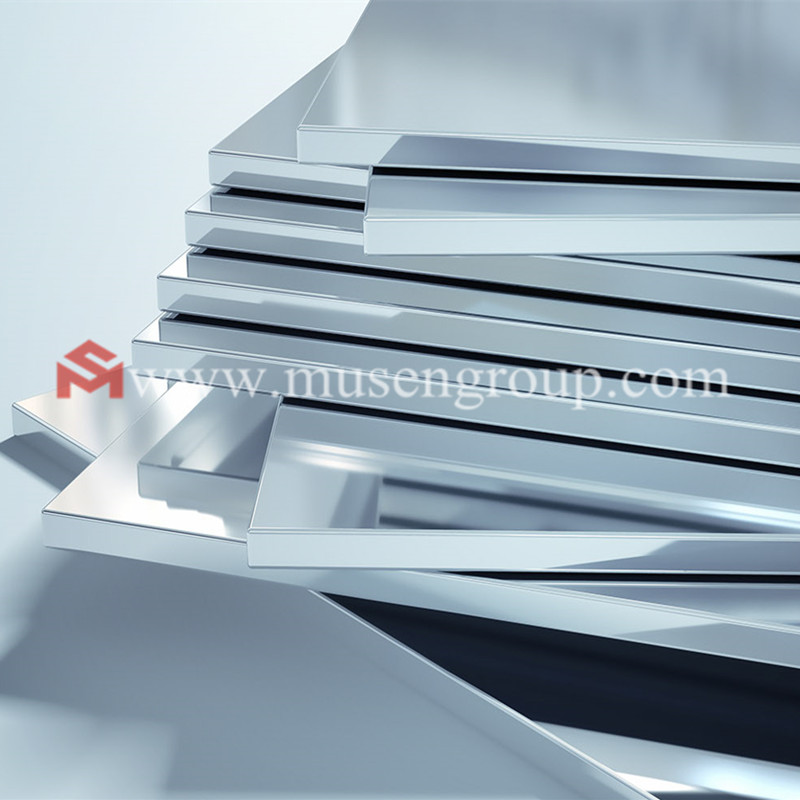
Several reasons for bending and cracking of aluminum plates.
When processing aluminum sheets, cracks are more likely to occur, and many sheet metal processing workers are very confused about this. After bending the aluminum plate, why does it crack? The following is a simple analysis of several reasons that lead to bending and cracking of aluminum plates:
1. The hardness of the aluminum plate.
The hardness of the aluminum plate has a direct effect on the bending and cracking of the aluminum plate. If the hardness is too high, it is easy to crack. Then when processing aluminum sheets, you must choose a batch of high-quality aluminum materials. Check the quality of aluminum materials according to the product's trademark and product status. Commonly used aluminum materials include 1 series, 3 series, etc., and the ones with high hardness are The 6 series and 7 series need to be annealed before processing, so that the aluminum plate can be bent in O state.
2. The thickness of the aluminum plate.
The thickness of the aluminum plate is too thick and it is not easy to bend, so choose a thinner aluminum plate for processing.
3. The angle at which the R angle is bent.
When the R angle is bent, the larger the angle, the easier it is to bend, so the bending R angle should be as large as possible.
4. The texture of the aluminum plate.
When bending, you should bend according to the texture of the aluminum plate, not parallel bending, choose a straight direction to bend.
5. The aluminum plate is stretched.
The appropriate processing procedure should be bending first, and then stretching, so as to reduce the probability of cracking.
1. The hardness of the aluminum plate.
The hardness of the aluminum plate has a direct effect on the bending and cracking of the aluminum plate. If the hardness is too high, it is easy to crack. Then when processing aluminum sheets, you must choose a batch of high-quality aluminum materials. Check the quality of aluminum materials according to the product's trademark and product status. Commonly used aluminum materials include 1 series, 3 series, etc., and the ones with high hardness are The 6 series and 7 series need to be annealed before processing, so that the aluminum plate can be bent in O state.
2. The thickness of the aluminum plate.
The thickness of the aluminum plate is too thick and it is not easy to bend, so choose a thinner aluminum plate for processing.
3. The angle at which the R angle is bent.
When the R angle is bent, the larger the angle, the easier it is to bend, so the bending R angle should be as large as possible.
4. The texture of the aluminum plate.
When bending, you should bend according to the texture of the aluminum plate, not parallel bending, choose a straight direction to bend.
5. The aluminum plate is stretched.
The appropriate processing procedure should be bending first, and then stretching, so as to reduce the probability of cracking.
